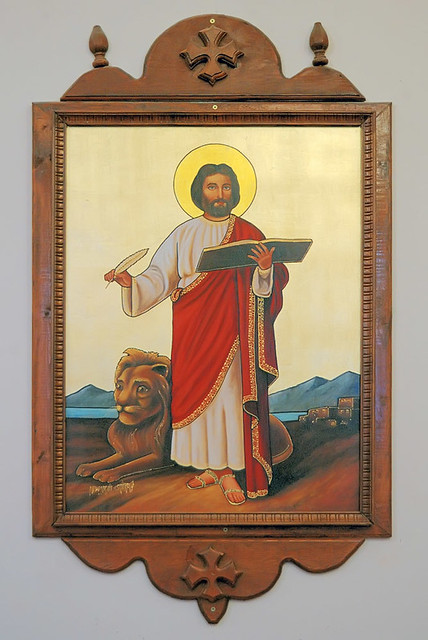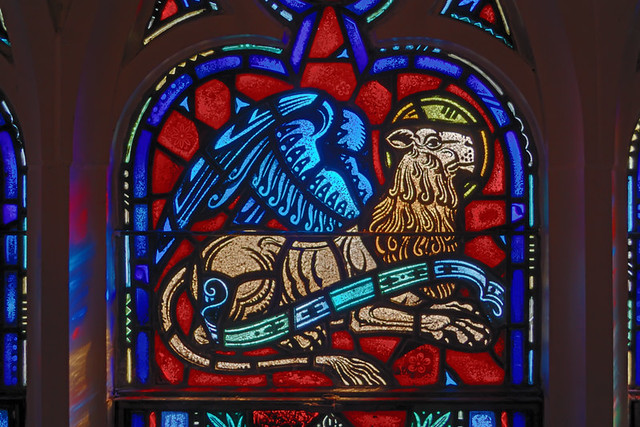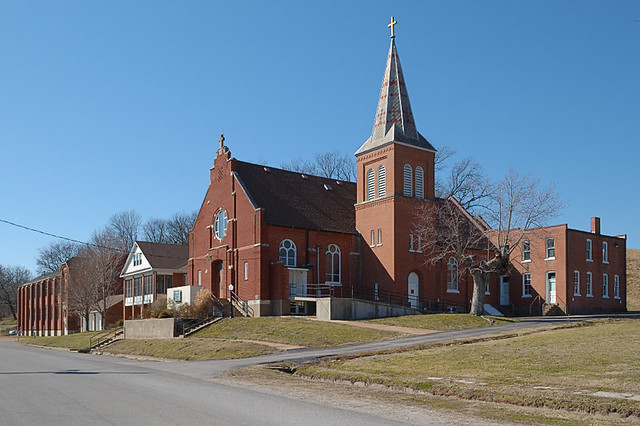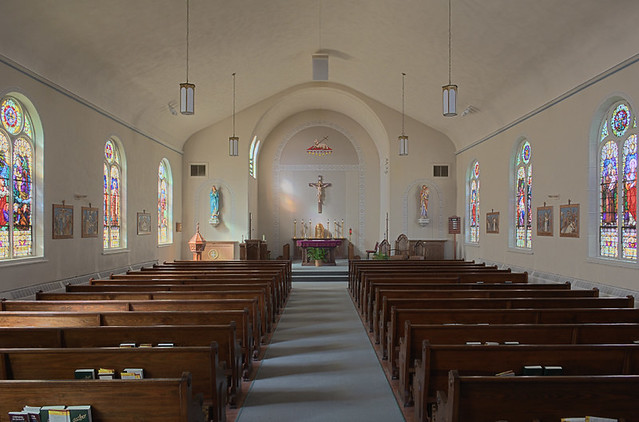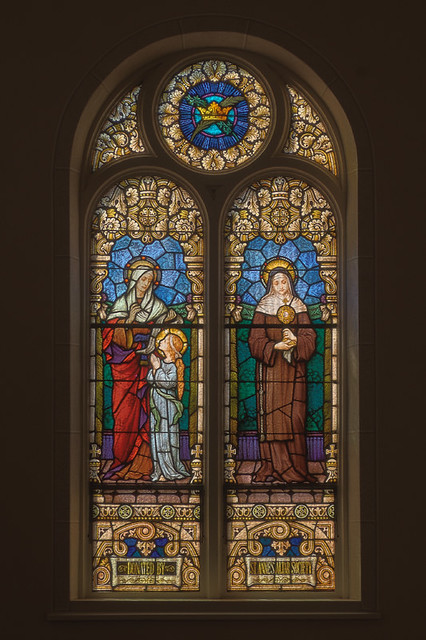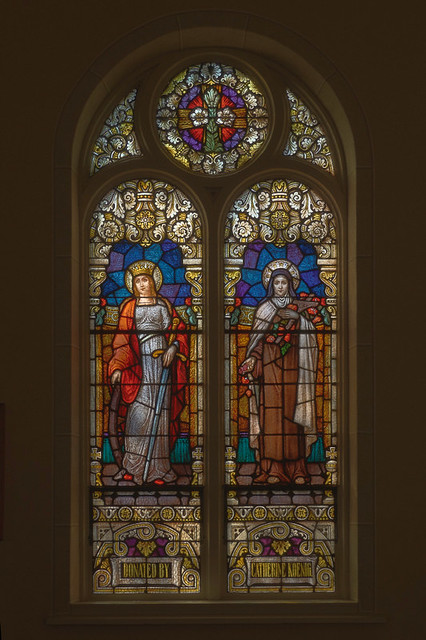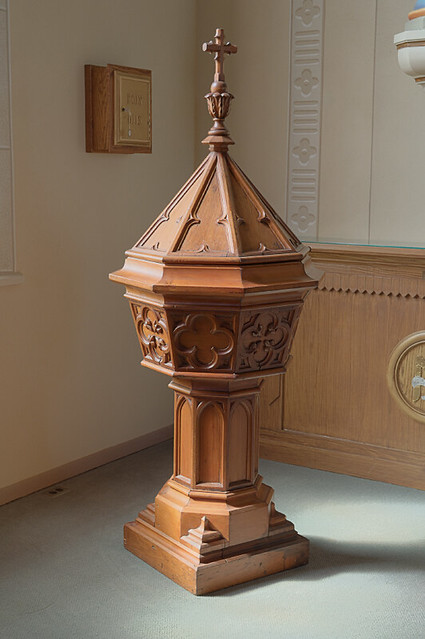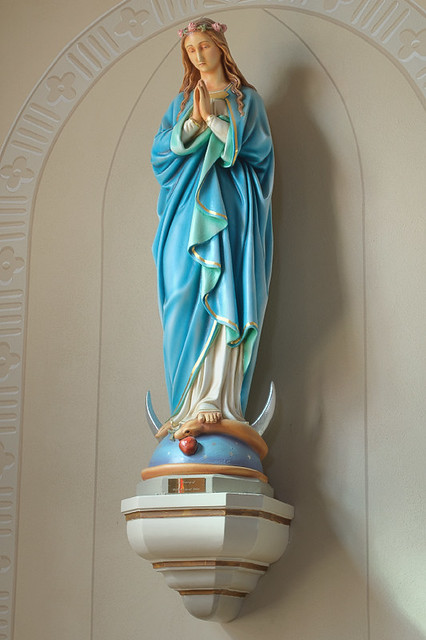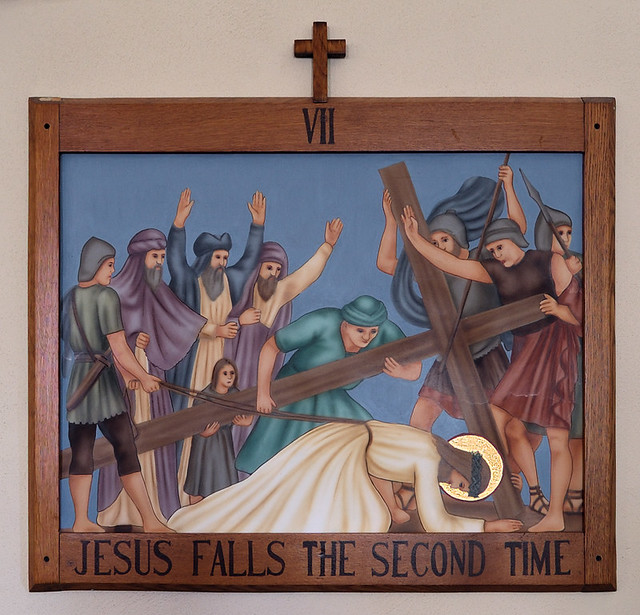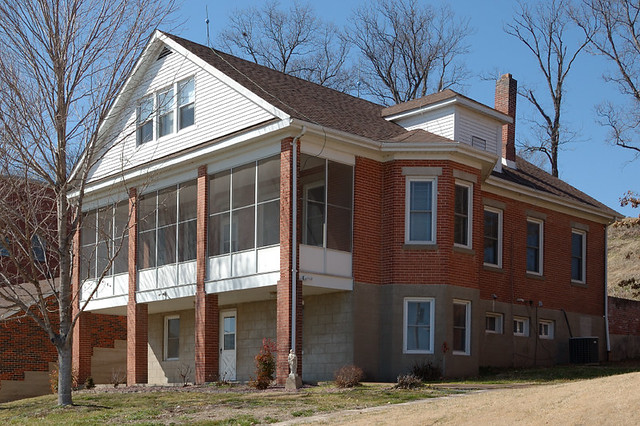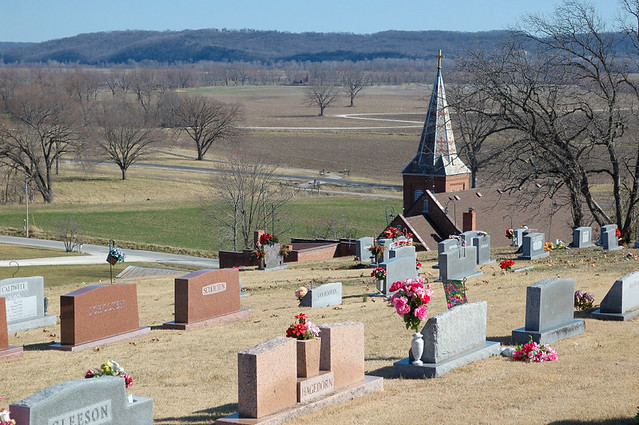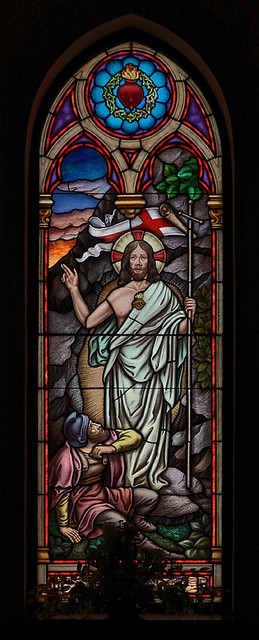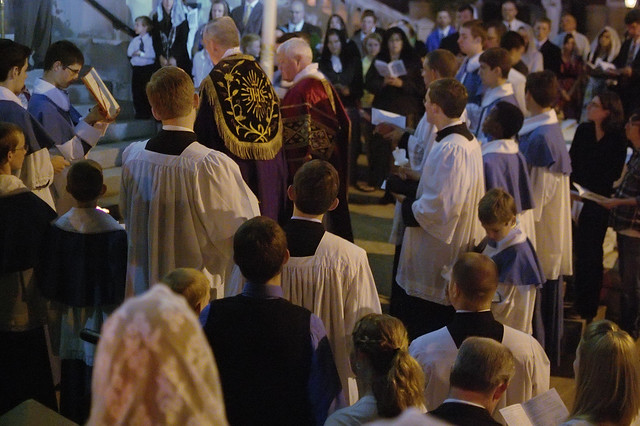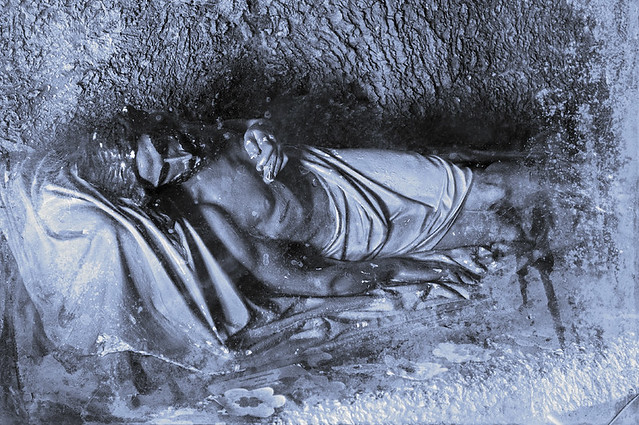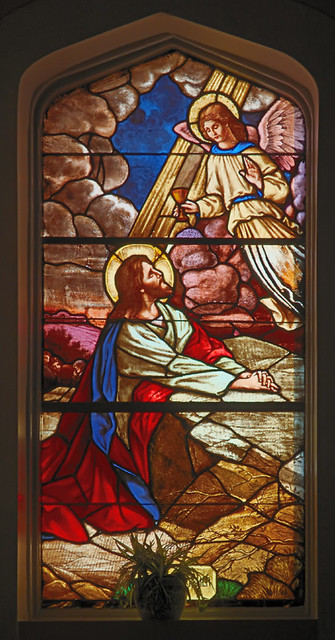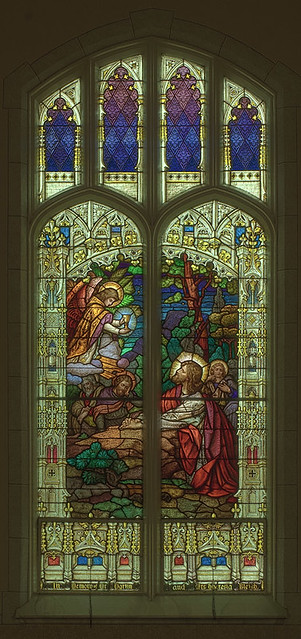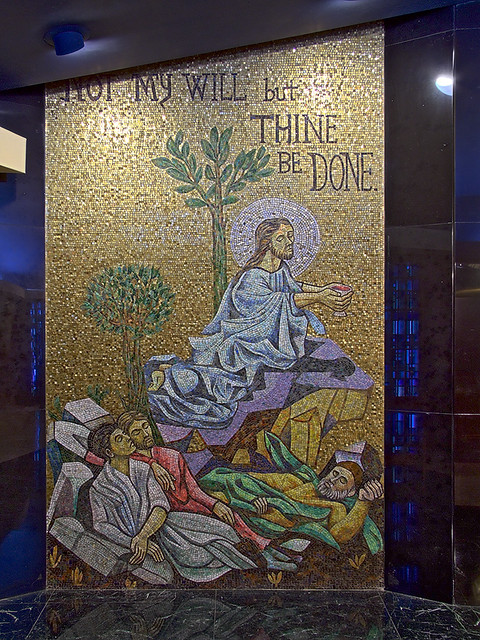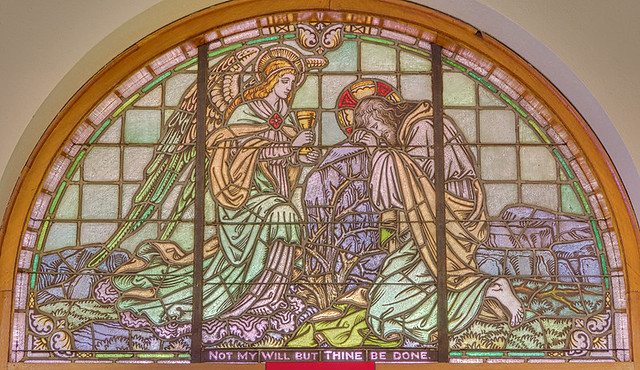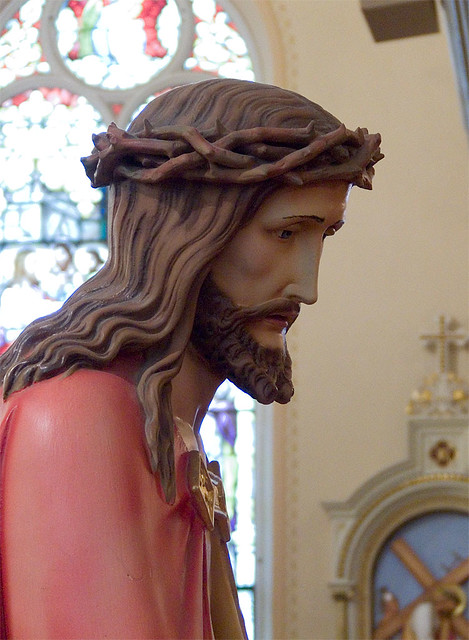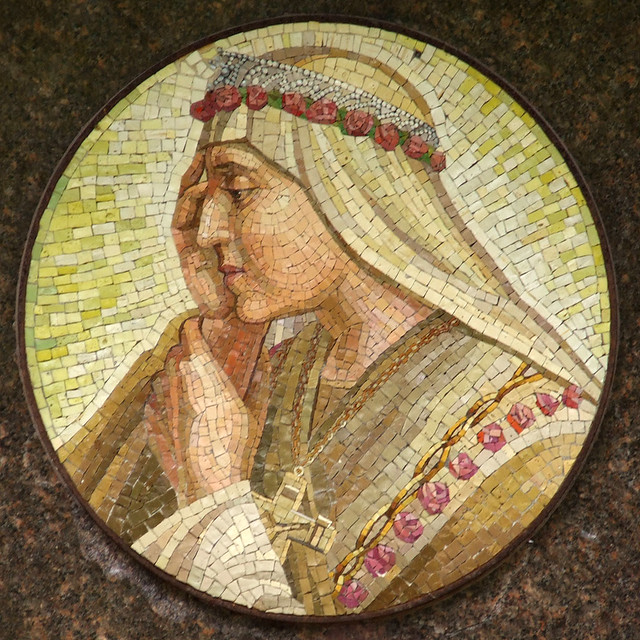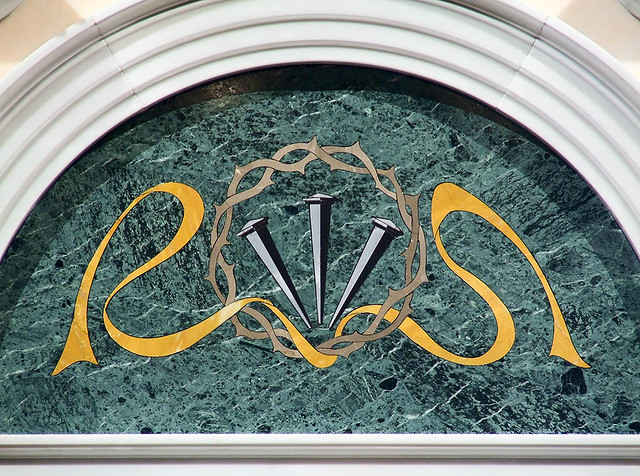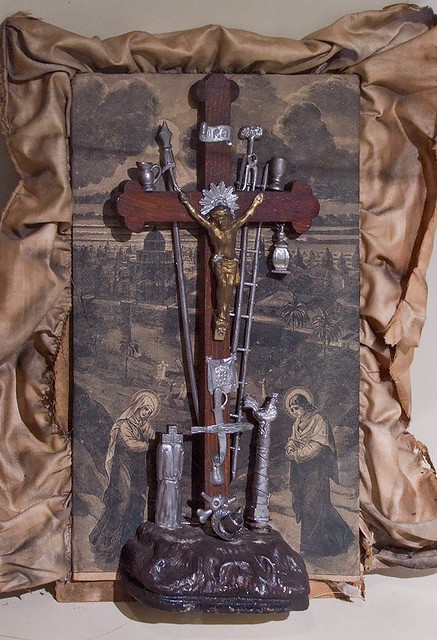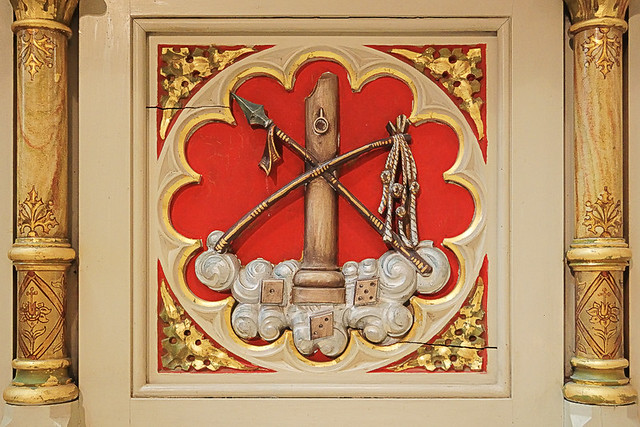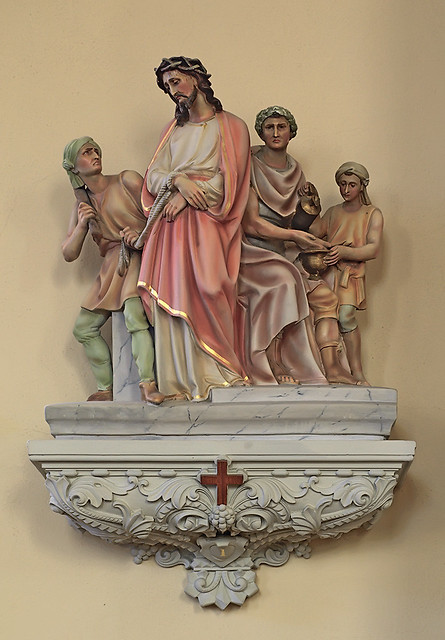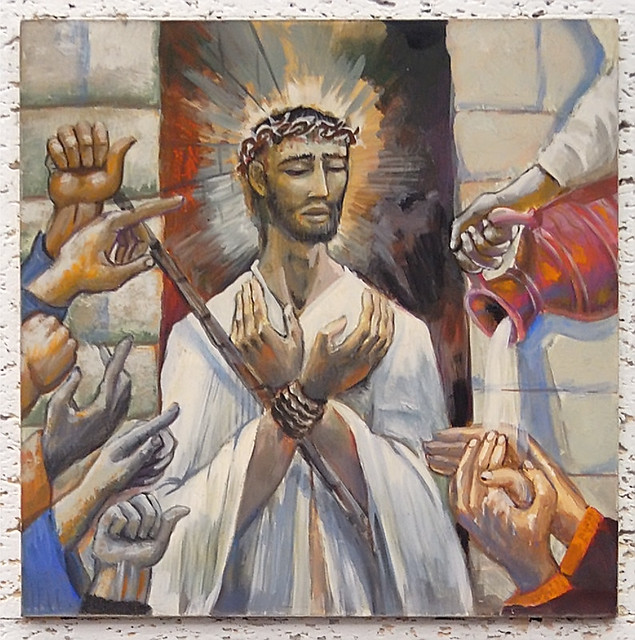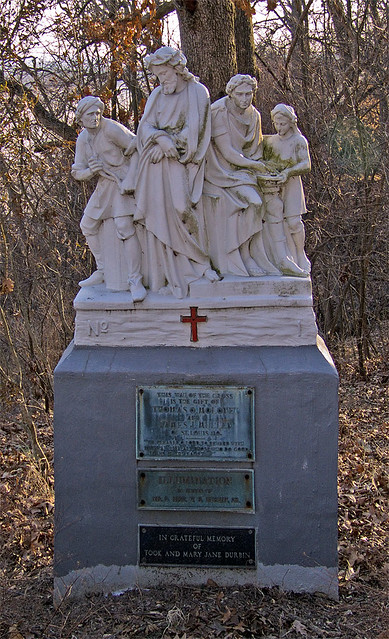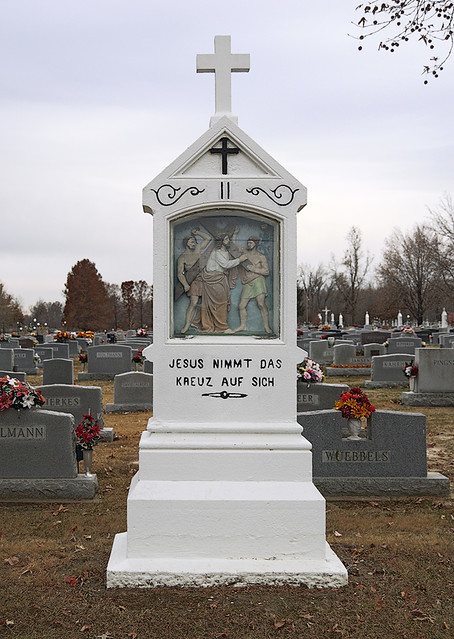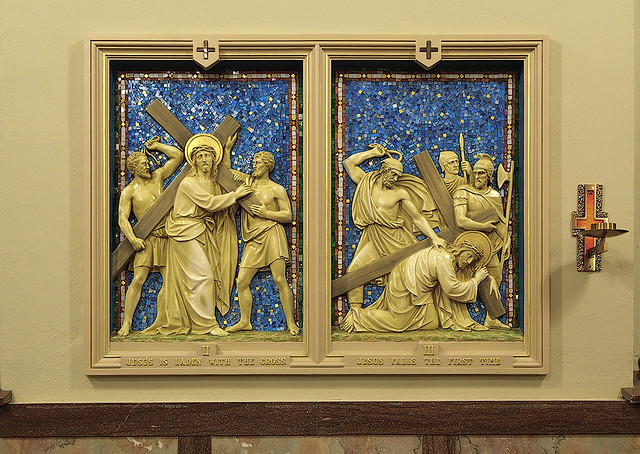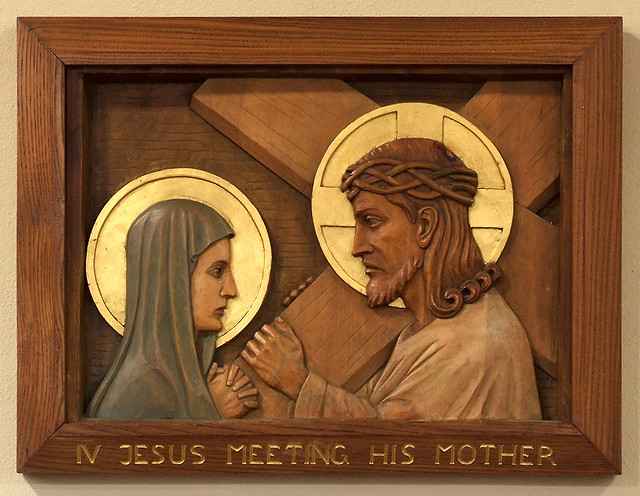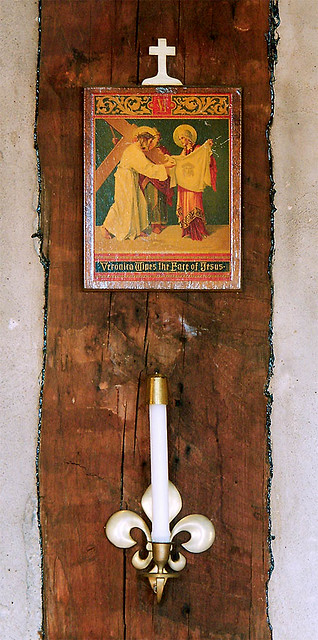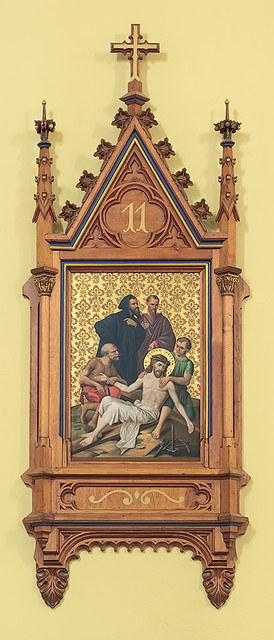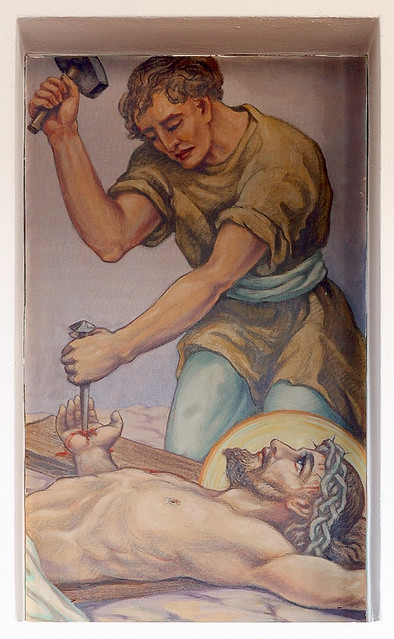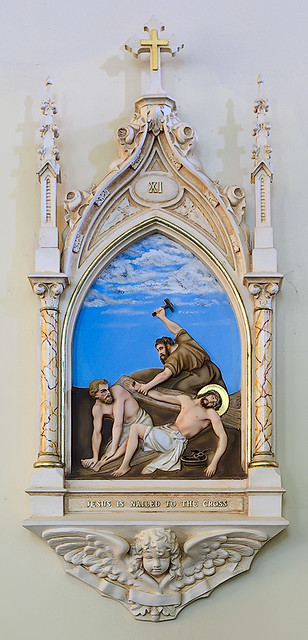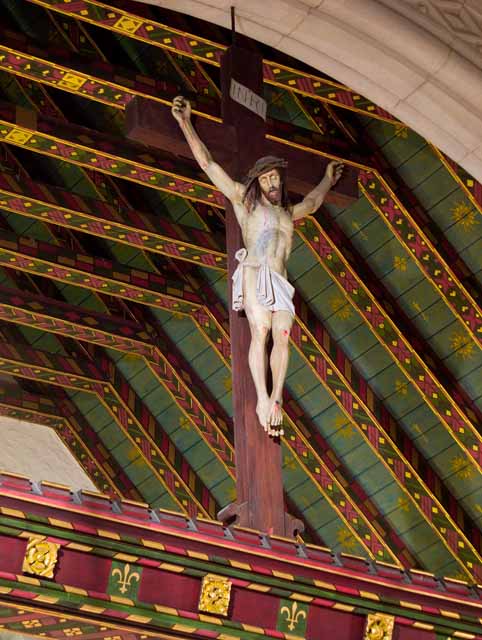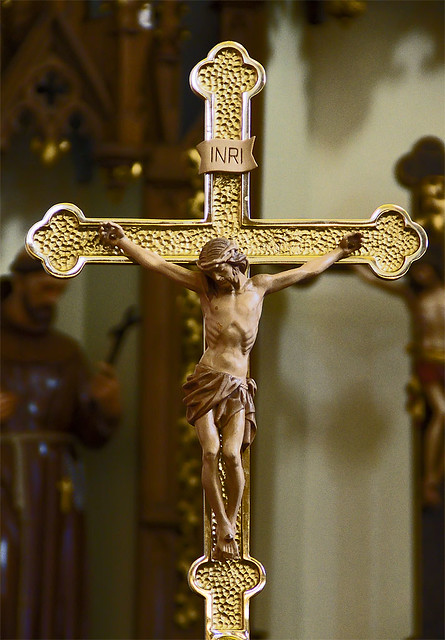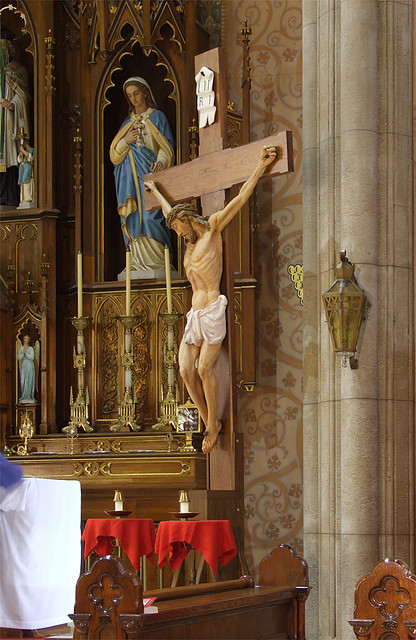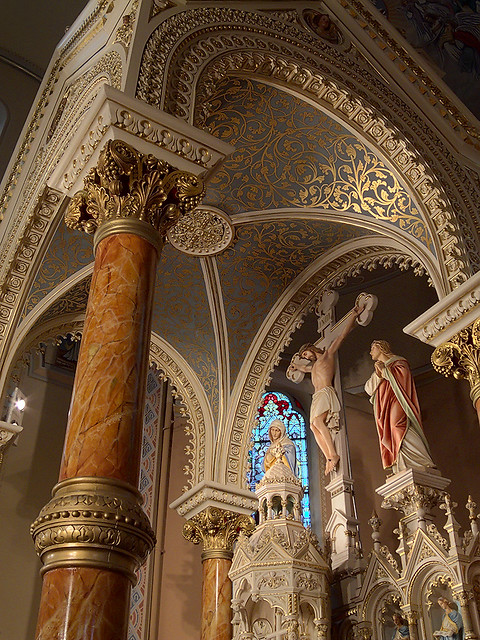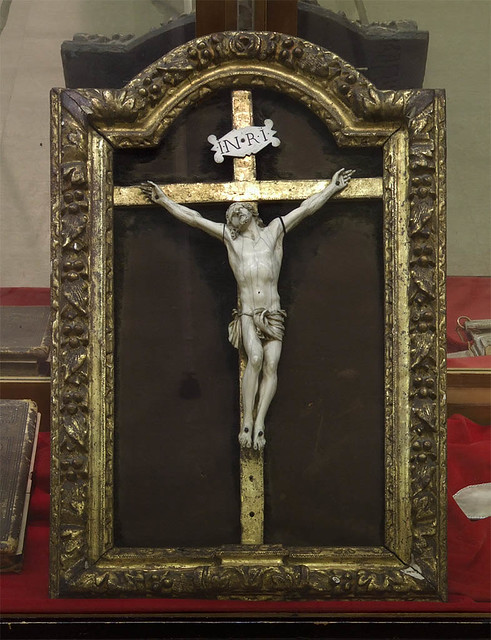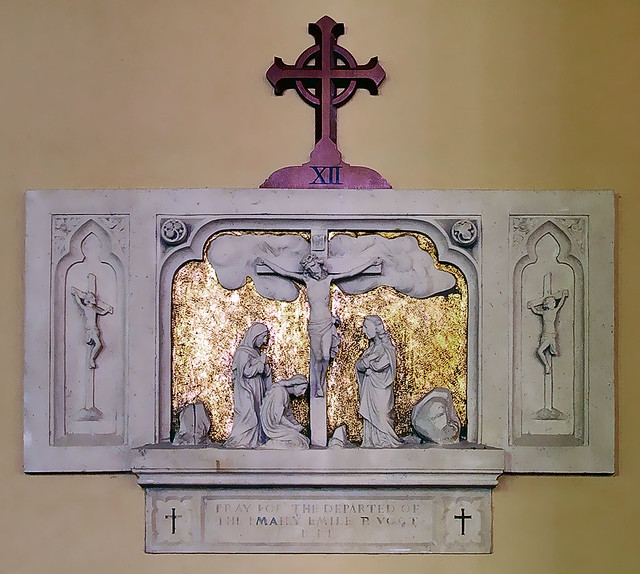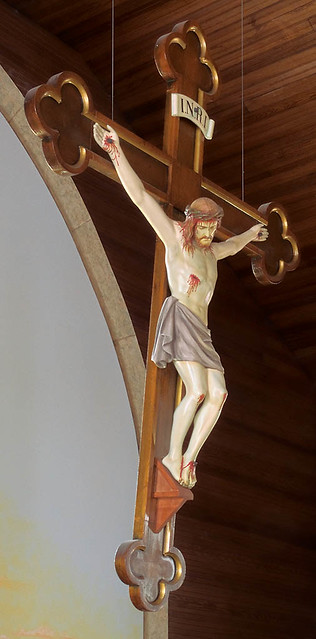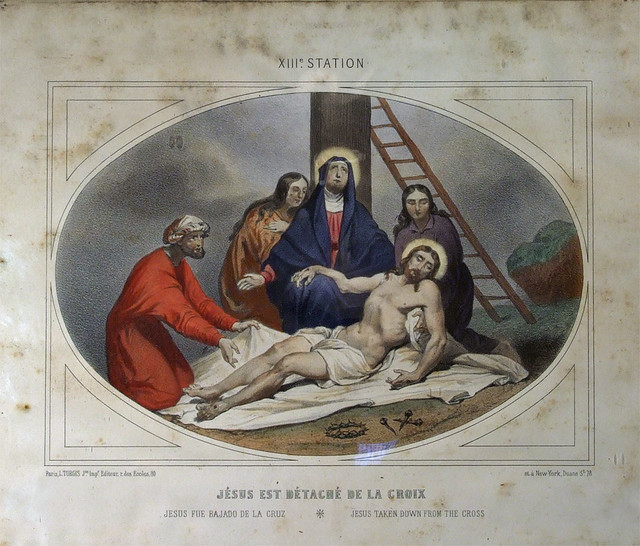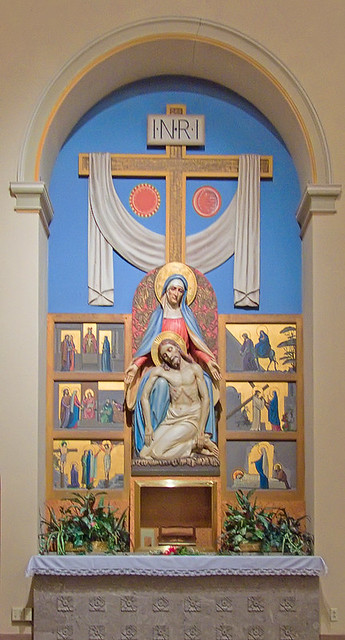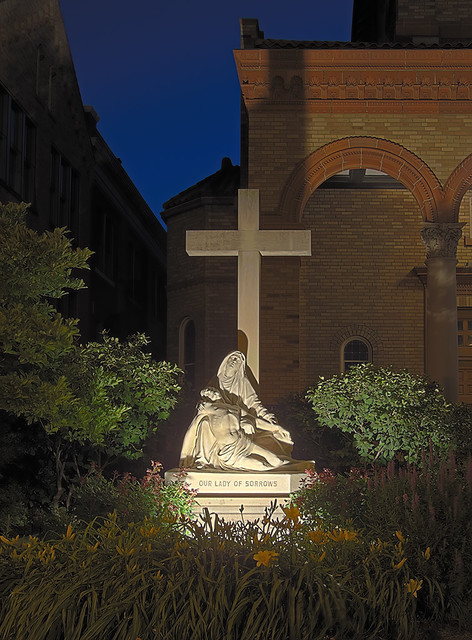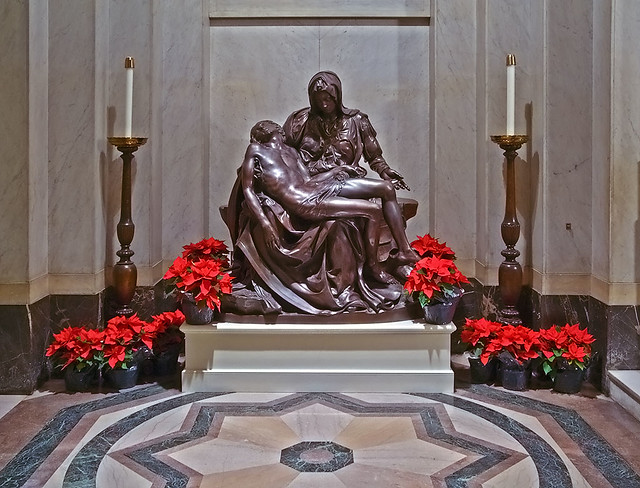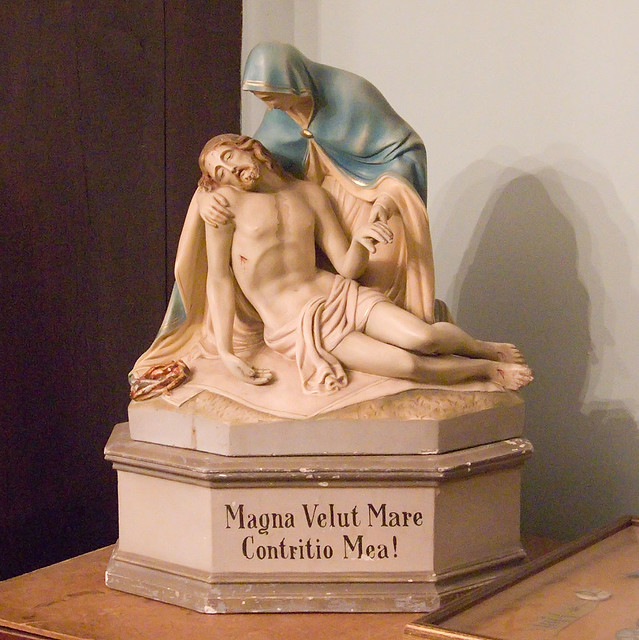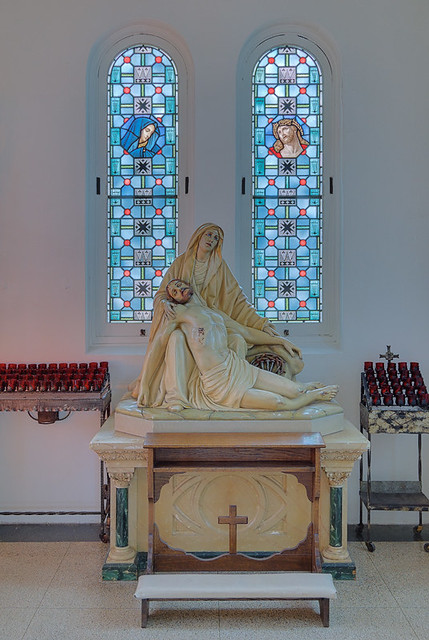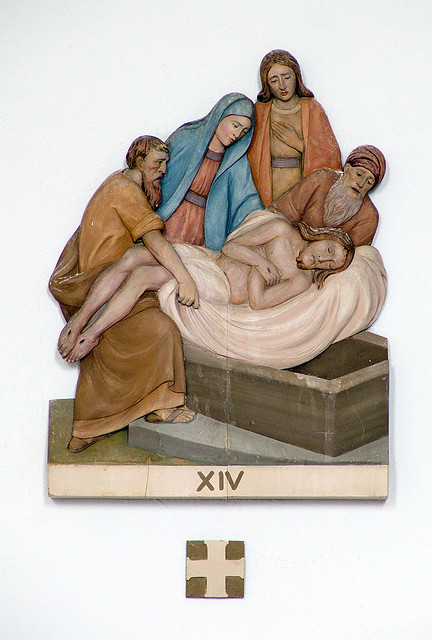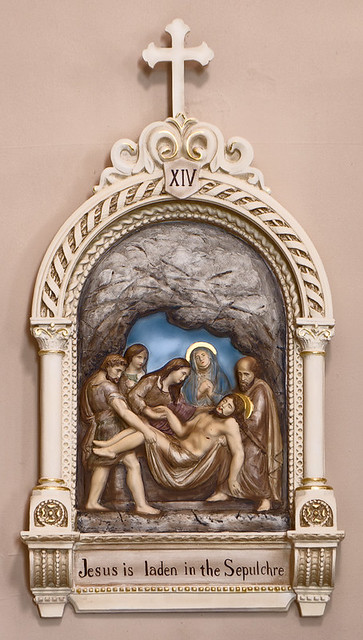HERE IS A PHOTO of Saint Henry Church, in Charleston, Missouri. This church is a part of the Diocese of Springfield - Cape Girardeau, and is located in Mississippi County, about 148 road miles to the south-southeast of downtown Saint Louis.
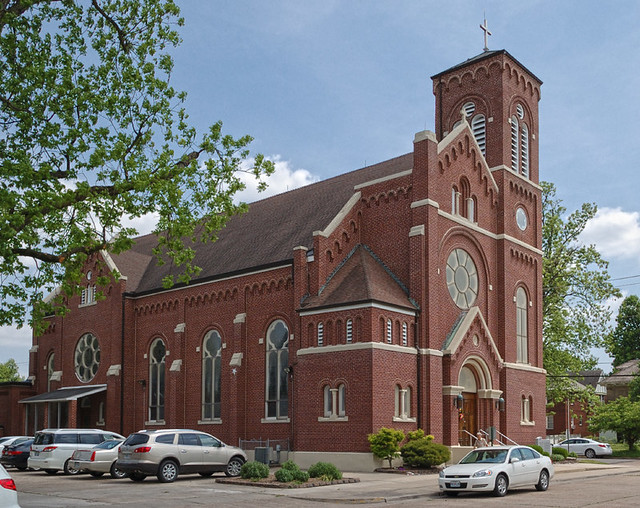
Although the church was open, I was unable to document the interior, because it was busy at the time.
At the time of the church’s founding, this was a part of the Archdiocese of Saint Louis. In the early days, this area was served by Vincentians from Perry County. According to a history of the parish:
The first settlers of Texas Bend near the northern boundary of Mississippi County, were German Catholics from the vicinity of Cincinnati, Ohio. The log church at Texas Bend was the successor of the log chapel built in 1839 by Father Brands at Tywappity Bottom, though not built on the same spot. Both structures have disappeared; only the grave-yard of the second church of St. Francis deSales in Tywappity remains.More of the parish history can be found here. Be sure to click the text that says “Open Me...”
In 1873 Father Henry Willenbrink built the frame church in Charleston and named it St. Henry. This was the parish church of all Mississippi County.
Father Bettels became its pastor in 1876, but resided and taught school at the Bend. The present fine brick school building was erected by Father Francis Brand. The ten years between Fathers Bettels and Brand are filled out by the rectorships of Father J. A. Connolly, Frederick Klein, Frederick Pommer, John A. Gadell, Hugh O'Reilly and Henry Thobe. Father Henry Hussmann, who became pastor of the parish in 1895, built the beautiful new church of St. Henry, which was dedicated by Archbishop Glennon on June 4, 1907.
Missouri is near the center of the United States, both geographically and culturally. While much of the state — particularly the portions near Saint Louis — can fairly be called ‘Midwestern,’ this church is located in the region of the state’s ‘Bootheel’ which has a Southern culture. Southern Baptists appear to make up the plurality of this region, but the early Catholic colonial presence along the great rivers of the central U.S. planted Holy Mother Church here.
Address:
304 East Court Street
Charleston, Missouri 63834


